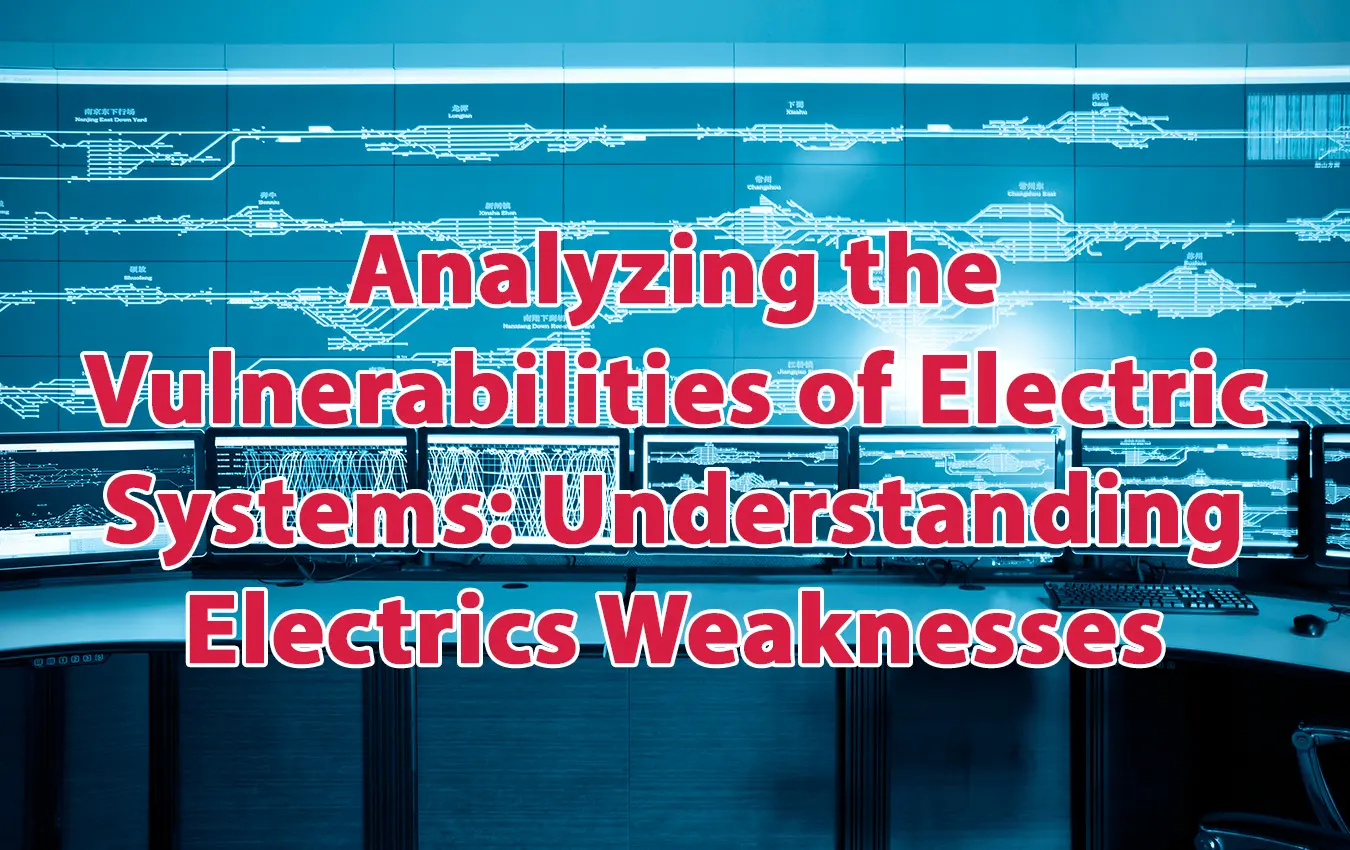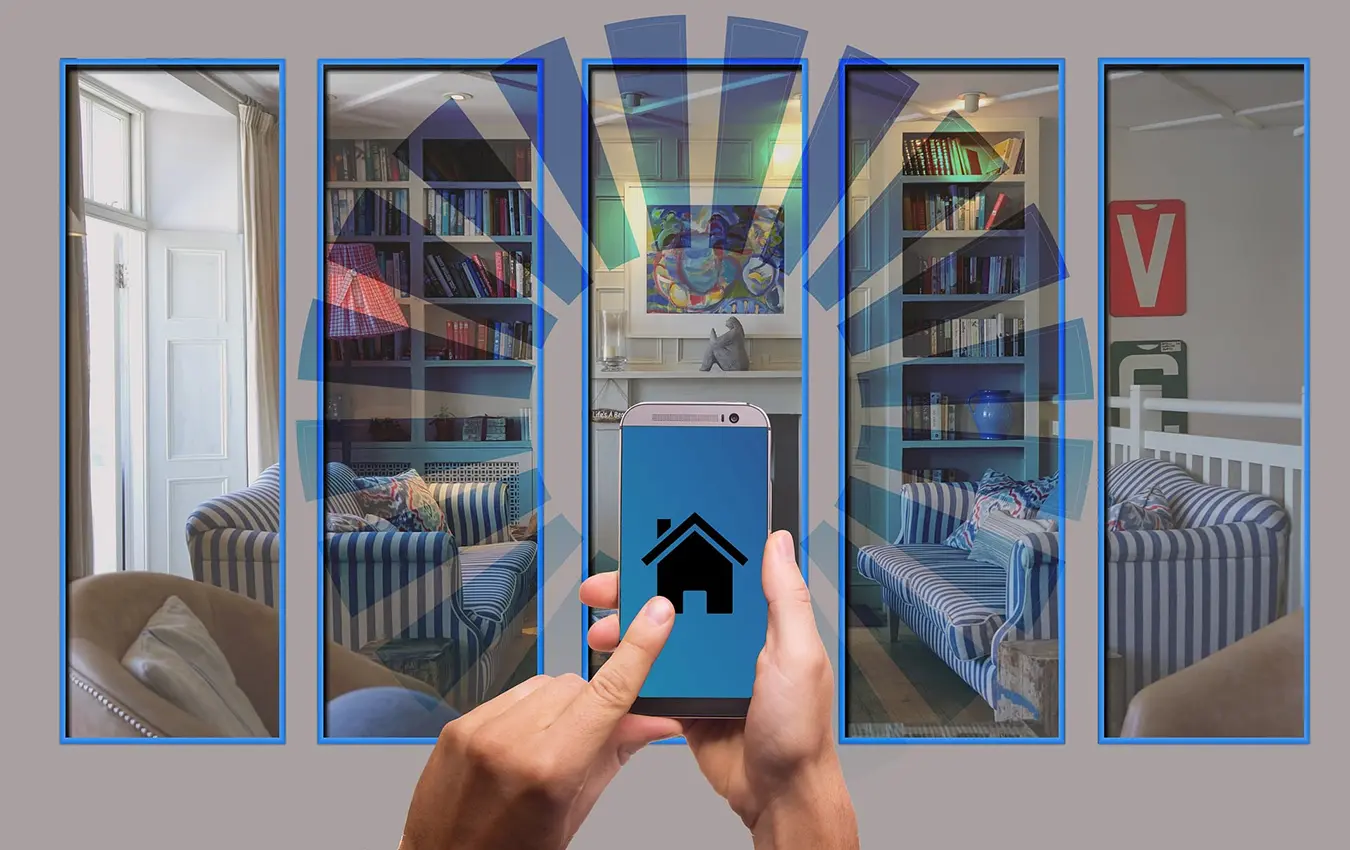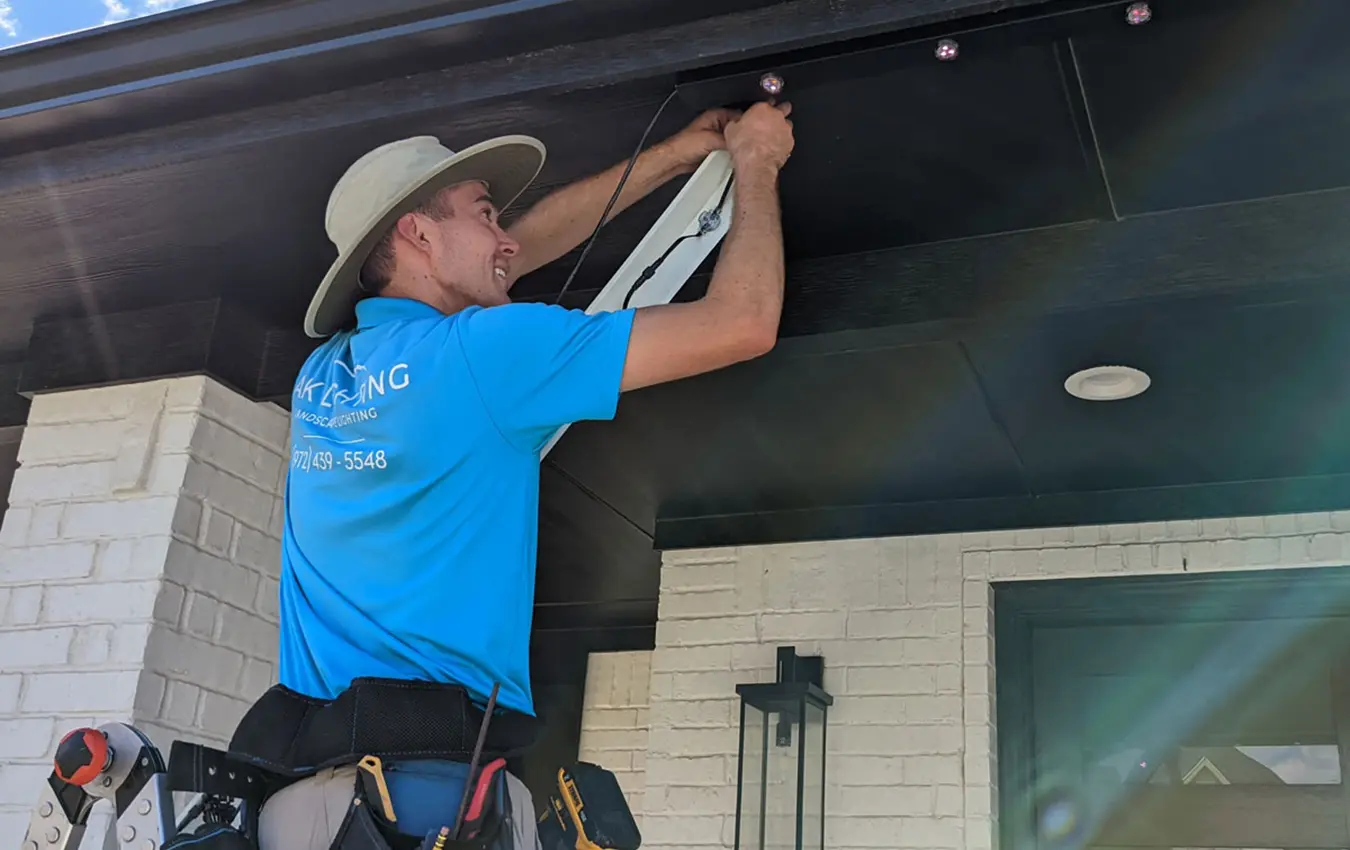Electrical systems are the backbone of the modern world. They provide power for every sector and service — transportation, communication, health care, education, and entertainment. However, electric systems are also complex and interconnected, which makes them vulnerable to various threats and challenges.
In this article, we will explore the importance and prevalence of electric systems, their complexity and interconnections, common electrics weaknesses and potential consequences, and some innovative solutions and emerging technologies for the protection of electrical systems.
The Complexity of Electric Systems
Electric systems are composed of many components and technologies. These include power plants, substations, transmission lines, distribution networks, smart meters, transformers, switches, breakers, relays, sensors, controllers, and end-use devices — all generating, transmitting, distributing, and consuming electricity.
Additionally, electric systems rely on information and communication technologies (ICT) to monitor and control the power flow and quality, as well as to coordinate the operation and maintenance of the system. Electric systems are interconnected with other critical infrastructures, such as water, gas, transportation, and telecommunication, which depend on electricity.
Constantly evolving, electric systems are becoming more complex. With the rise of renewable energy sources, such as solar and wind power, electric systems are shifting towards a decentralized model, where power is generated at multiple locations and fed into the grid. This requires new technologies like energy storage devices to help balance supply and demand in real time.
Unveiling the Achilles’ Heel: Identifying Weaknesses in Electric Technology
What is electrics weakness? Well, some of electrics vulnerabilities of electric systems are inherent to the nature of electricity, such as power losses due to resistance and impedance, voltage fluctuations due to load variations, frequency deviations due to generation-demand imbalance, harmonics due to nonlinear loads, and transients due to switching operations.
Other vulnerabilities of electric systems are related to the design and operation of electric systems, such as aging and deterioration of equipment, lack of redundancy and diversity of sources, insufficient capacity and flexibility of resources, inadequate protection and coordination of devices, human errors, and mismanagement of processes. These weaknesses expose electric technology to threats and challenges that can cause disruptions or failures.
Power outages. These are interruptions or reductions in electricity supply, which natural hazards, accidental events, malicious attacks, or operational issues can cause. This electrics weakness affects the functionality and safety of electric devices and systems and the services and activities that depend on them.
Cyberattacks. These are malicious attempts to access, manipulate, or damage data or systems connected to the Internet or other networks. Cyberattacks can target electric devices and systems like smart meters, grid control systems, power plants, or substations. They compromise the security and integrity of electric data and cause physical damage or harm to equipment and personnel.
Electromagnetic Interference (EMI). This disturbance affects the performance of electric devices and systems by generating unwanted electric signals or noise. Natural sources, such as lightning, solar flares, or artificial sources, like radio waves or microwaves, can cause EMI. It interferes with transmitting and receiving electric signals or data and causes errors or malfunctions in electric devices and systems.
Understanding and analyzing these vulnerabilities is crucial for ensuring electric technology’s security and reliability and its services.
Protect your home from power outages and enhance the safety and reliability of your electrical system with Premier Electrical Services. Don’t wait until it’s too late — safeguard your power supply today! Call 954-900-1696
Power Outages and Cyberattacks
Now, let’s discuss two critical threats that can have far-reaching consequences for the electric system and other critical infrastructures dependent on it — power outages and cyberattacks.
Power outages affect electric devices, systems, and dependent services, potentially leading to data loss, equipment damage, communication failure, security breaches, or health risks. The impact’s severity depends on the outage’s duration, frequency, scope, and timing. Short or localized outages might cause minor inconvenience, while prolonged or widespread outages can lead to severe disruption, particularly during peak demand or extreme weather. Power outages can disrupt:
- Healthcare: Outages can halt medical equipment and facilities, endangering lives and health services.
- Transportation: They can disrupt transportation systems, leading to delays, accidents, congestion, or stranded individuals and vehicles.
- Communication: Outages can hinder communication systems, impeding information exchange and coordination.
- Water and Gas: They can interrupt water and gas systems, affecting supply and safety for drinking, sanitation, irrigation, heating, cooking, and power generation.
Cyberattacks can target devices such as smart meters, grid controls, power plants, and substations, compromising security and potentially causing physical harm or power disruption.
Attack methods vary with the attacker’s goals and abilities but commonly include:
- Phishing: Duping users into revealing sensitive information via deceptive emails or websites.
- Malware: Harmful software that steals data or damages files delivered via emails, drives, or network connections.
- Denial-of-service: Overloading a system with excessive traffic to deny user access.
- Man-in-the-middle: Intercepting or altering communication to obtain sensitive information or impersonate another party.
Typical attack targets include:
- Smart meters: Devices tracking utility consumption. Attacks can manipulate readings, steal data, or disrupt billing.
- Grid control systems: Systems overseeing power flow. Attacks can disrupt operations or cause equipment damage.
- Power plants: Facilities generating electricity. Attacks can affect output, cause equipment failure, or release harmful substances.
- Substations: Facilities handling electricity transformation and distribution. Attacks can disrupt transmission, damage equipment, or create safety hazards.
Power outages and cyberattacks pose significant risks to critical infrastructures, services, and national security. Therefore, the protection of electrical systems requires proactive measures.
These measures include enhancing both physical and cybersecurity by installing locks, alarms, firewalls, antivirus software, and encryption to prevent unauthorized access or damage. Improving situational awareness and emergency preparedness is also crucial, using advanced grid monitoring systems for real-time data and accurate fault detection.
Developing contingency plans and recovery strategies is another critical step, utilizing backup power sources, alternative routes, spare equipment, and mutual assistance agreements to ensure service continuity and resilience.
Lastly, strengthening coordination among all entities involved in electric system operation, such as utilities, regulators, customers, vendors, and researchers, is vital. This involves sharing information, resources, and best practices to enhance the security and reliability of electric systems.
Innovative Solutions and Emerging Technologies to Prevent Electrical Energy Leaks
Alongside the measures mentioned above, there are pioneering solutions and cutting-edge technologies that can bolster the resilience of electric systems. They enhance the system’s ability to withstand, adapt, and recover from disruptions or failures.
This includes advanced grid monitoring and control systems providing real-time data and analyzing the system’s status and performance. These systems enable swift and accurate detection, diagnosis, and isolation of faults.
Distributed energy resources (DERs) such as renewable generation, energy storage, demand response, and microgrids also play a vital role. They offer local power supply, thereby reducing dependence on centralized sources.
Smart grid technologies, including smart meters, smart appliances, smart inverters, and smart devices, further strengthen the resilience of electric systems. They enable bidirectional communication and interaction between the grid and end-users, leading to a more responsive and adaptive electric system.
Conclusion
Electric systems are vital for our modern society, yet they have weaknesses. Power outages and cyberattacks are the main ones. To ensure the safety and dependability of these systems and their services, it’s essential to comprehend these vulnerabilities deeply. Luckily, thanks to groundbreaking solutions and advanced technologies, we can lead the development of more sustainable and energy-efficient electric systems, paving the way for a more eco-friendly and prosperous future.
Looking for top-notch electrical services in South Florida? Premier Electrical Services is your go-to expert for all things electric! We offer many services, from residential and commercial services to low voltage systems, smart home installations, audio and video residential systems, and home backup power systems. Our team of licensed electricians is dedicated to providing high-quality services that ensure your safety and satisfaction. Don’t wait, get in touch with us today at 954-900-1696
Check out the latest news:
- 5 Smart Home Upgrades to Increase Property Value in Fort Lauderdale
- Common Lighting Issues and How Professional Repairs Can Save You Money
- Smart Lighting Solutions for Energy Efficiency in Fort Lauderdale Homes
- The Latest Trends in Outdoor Lighting for 2024: Illuminating the Future
- Upgrading Your Home’s Electrical Panel: What You Need to Know






